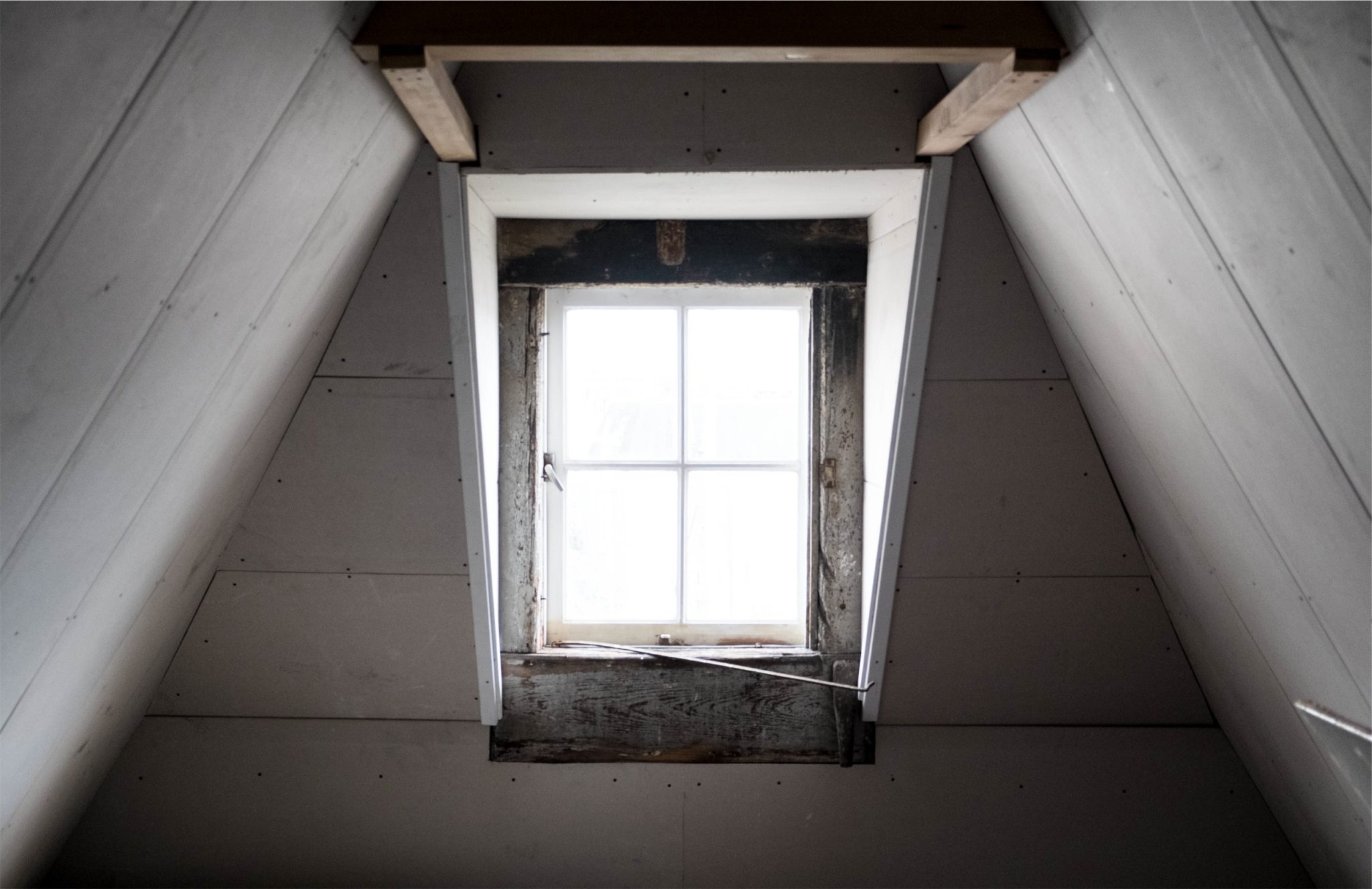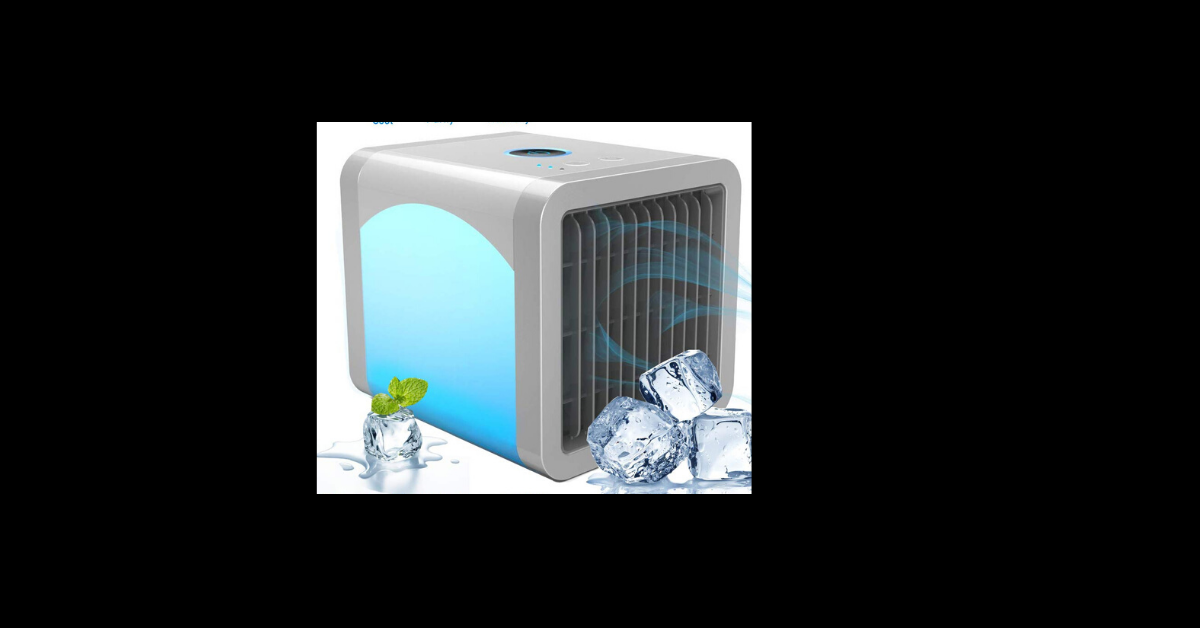Are you ready to start your next home improvement project? Perhaps you’re thinking of building a new deck or maybe even replacing the flooring in the interior of your home or office. Maybe you need a new workbench for the garage? Or has a furniture project for the living room caught your eye? With so many building material options out there, what kind of wood will you use to create whatever your latest masterpiece happens to be? Consider blackbutt timber.
Blackbutt timber is found in Australia and is one of the most commercially available kinds of timber within the area. Blackbutt trees are known for their resistance to heat, which makes them a popular choice of timber in areas where brushfires are common. The color of the wood ranges from yellow to a pale brown, but occasionally can appear a soft pink, allowing for a variety of unique looks. Read on to find some projects or places in your home or office to use this durable wood.
Decks :
Outdoor decks can be a great place to lounge during the summer months, take in the evening air during the cooler ones, and connect with your family all year. Building a deck with blackbutt timber is a great choice if you’re looking for wood that is durable, heat resistant, and has a density that is a natural deterrent to termites. Considering getting benches or patio furniture for your deck? Blackbutt wood can be used for those things, too.
Interior Floors :
Looking to add a bit of class to your home or office? Ready to pull out your carpet and get rid of allergens trapped by the carpet fibers?Need something that can weather the test of time in high traffic areas? Consider using blackbutt timber for hardwood flooring. Durable, hypoallergenic and requiring low-level maintenance, it accepts polish or stains well, adding the perfect touch of color to your home’s interior.
Furniture :
With its hearty strength, blackbutt timber is an excellent choice for building furniture such as bookshelves and entertainment centers suitable for the home or office. The uniform grain creates a unique look whether you use it as a countertop in the bathroom, to create a new kitchen table, a workbench in the garage, or even an office desk.
Cabinets :
Freshen up the look of your kitchen cabinets. Since this wood stains well, it’s easy to keep it clean from any wayward spills or accidents that occur when preparing the daily meals.
Poles And Building Framework :
The strength of this timber makes it handy for building framework in houses and for poles or pillars that can be used as a feature in your home or just part of the construction. It can be sanded and cut to whatever length or height your project calls for.
The versatility of the blackbutt tree is what many find so appealing and is what makes it a good choice when considering your project’s timber needs.
Read Also :






















